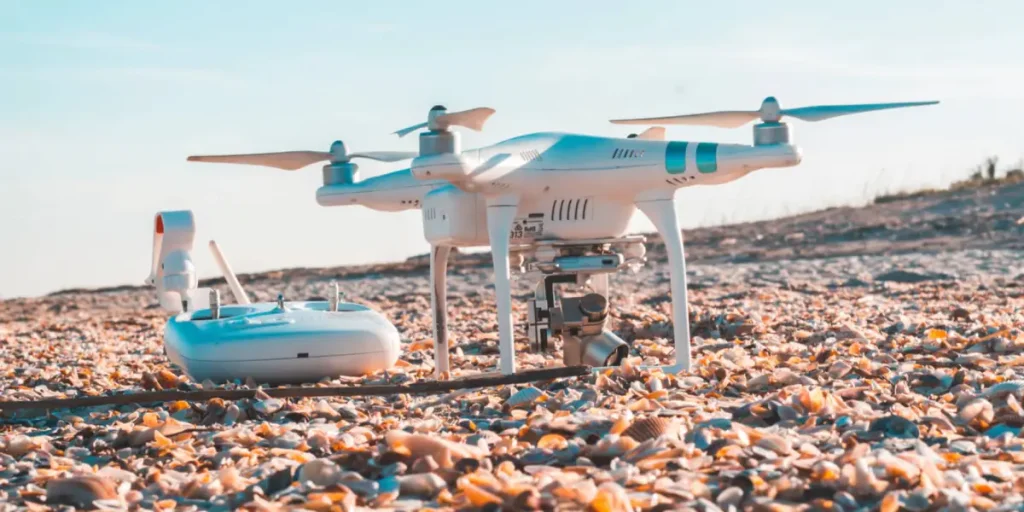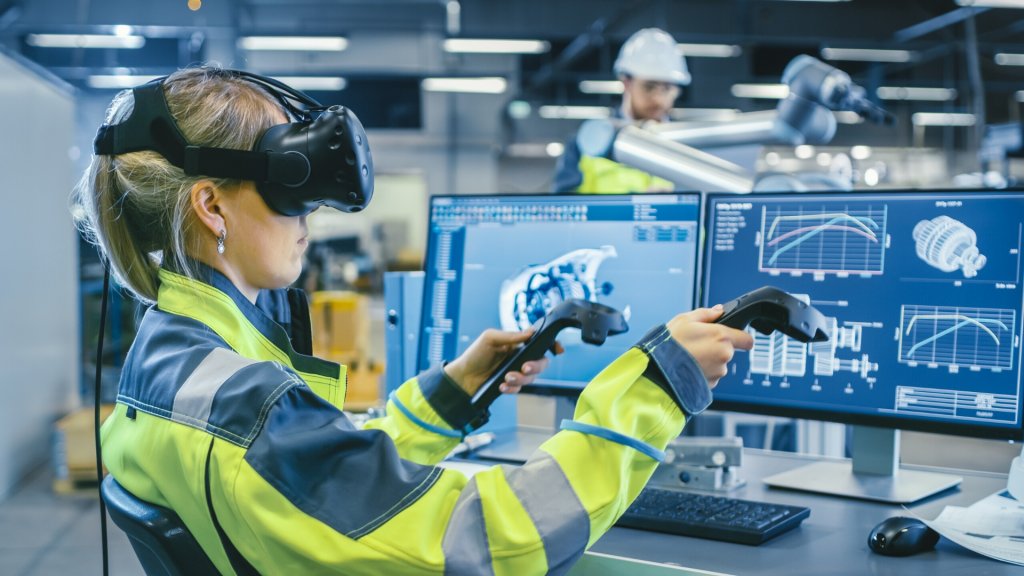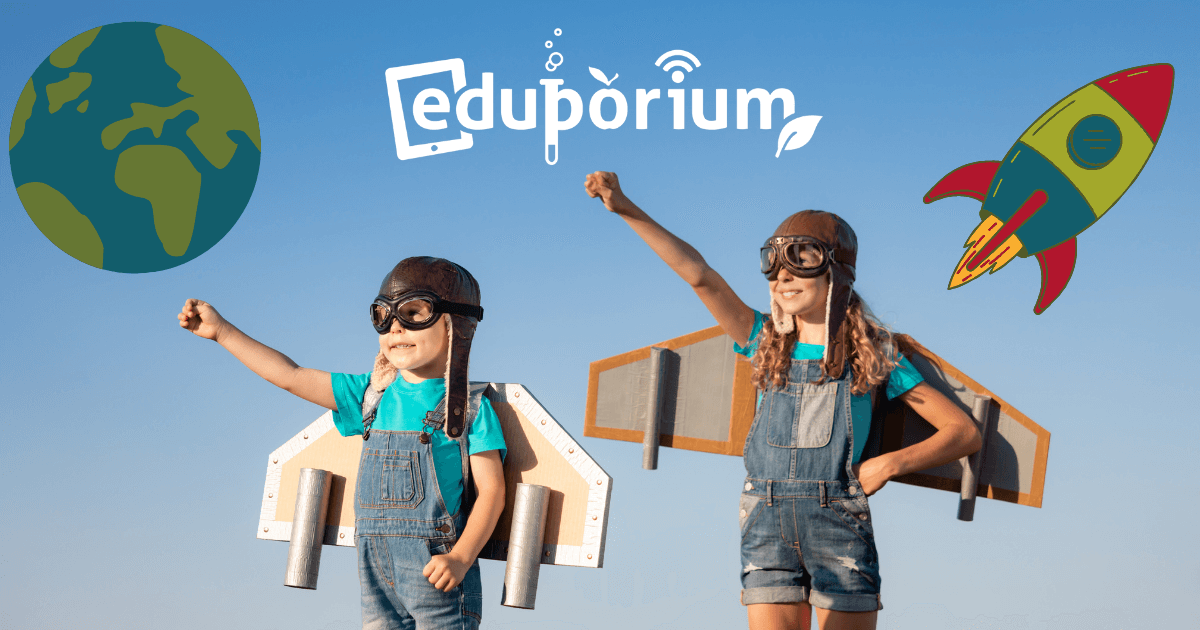There are so many things that modern educators have to account for and many of them—like personalizing learning, teaching coding, and using technology—are still each very new. Luckily for them, below is some sound advice for helping to prepare today’s students for tomorrow’s increasingly complex world!
Flip Reluctant Students and Engage Them
Not every child is enthusiastic about learning, paying attention, and sitting still even when using innovative technology in the classroom. However unfortunate, the fact remains that some children will prefer to just sit there emptily and stare idly at the ceiling, out the window or maybe even start to close their eyes. Some teachers shake that off, reasoning that if students have no desire to learn, that's the student’s problem, not theirs. What they should be doing, however is giving them that desire to learn. When teachers notice that a student has their head down, one who is constantly creating distractions in class, or one who just can’t go five minutes without sending a text, know that there are ways to save them.
The first thing any good 21st century teacher might do is find things that particular student is interested in and try to relate lessons to what excites them. You’d be surprised how discovering students’ interests and involving them in class or casual conversations can help to engage them. Educators could also try moving these students to somewhere they probably would rather not be—the heart of the class. Many times, your most engaged section of the classroom is the dead center. If the center of the classroom is engaging, this also tends to spill out into the outer edges and even all the way in back. Some kids just aren’t comfortable speaking in class, so they naturally try to look disinterested to avoid being called on. In this case, teachers could mix in group work so kids get comfortable talking to classmates, making it more likely they'll engage.
A lot of times, reluctant students are dead set on scraping by and passing by doing just the bare minimum. This doesn’t necessarily mean they're bad students but it does probably mean they need to become more engaged. If they don’t want to be a part of the discussion, try making them a part of the lesson. By asking one or two reluctant students to directly help with class one day, there’s a good chance they’ll feel special and engage. And, when students do have a bad showing on a test or assignment, it is important that they can correct mistakes. Not only does this result in a better overall grade, but it gives students a sometimes necessary reminder that their teacher is not out to get them after all. Sometimes, that second chance is all it takes to turn a lost semester into something promising and disengagement into success.
Drone Technology Could Improve our Everyday Lives
Drones are becoming quite the hot technology topic in 2016. After gaining much of their previous notoriety from their effectiveness in military operations, drones are now used much more frequently and have carved a path into everyday life. Some big companies like Amazon and Google are experimenting with unmanned drone delivery, which is faster than the traditional models. Drones could potentially come to a point where they save workers tons of time and companies tons of money—just a few short years after they began to buzz their way into the mainstream light.
We're actually now beginning to see more ways of how drones can improve traditional practices and serve humanity. These mobile technologies are on a quest to help improve the lives of people as well as animals every day and they do so by cutting out inefficiencies and speeding up the time it takes to complete tasks. One particular model, the Matternet One, is capable of taking the most direct route to a drop-off point and adjusting for changing weather conditions as well as avoiding restricted air space, mountains, or buildings without the need for any human intervention. Some drones only need a car battery to run and give human workers more sets of trained eyes than before. Drones also enable us to continue working on the ground with camera and microphone support so no details are missed.
Of course, some drones emerge solely to serve as cameras for private filmers, large companies, and even news organizations. These amazing angles literally offer brand new perspectives and are a truly innovative option for capturing breathtaking videos. Another use for drones is reporting the weather and atmospheric conditions and sending the results back to “Earth.” Small on-board sensors can help those on the ground determine anything from air pressure to the intensity of nearby fires. As if that advancement in technology was not impressive enough, one future project (called Aquila) will boast the wingspan of a 737 and should provide Internet access in areas where there is none, bringing connectivity to all corners of the Earth. And, undoubtedly, drones will continue to evolve and, hopefully, continue to bring much more good to our lives.

7 Ways EdTech Benefits Everyone
Technology in the classroom isn’t something that's necessarily equally exciting for everybody. In fact, some people who have traditionally used the same methods year after year might even refuse to adopt it. EdTech does, however, have plenty of advantages when used properly, and they include everything from increased engagement to strengthened collaboration. The benefits tend to extend more greatly, but here are a few of the specific gains when opening the classroom and the mind to positive effects of educational technology.
First, EdTech offers everyone involved a cheap, simple, and, honestly, ideal way of flipping their classroom. Once content goes into flipped lessons, children can access it any time, saving effort for both teachers and students. It also maximizes class time for learners and goes a long way in eliminating wasted minutes each week. Teachers can reach every student on a level that is the most beneficial for them rather than any one-size-fits-all approach. Next, technology tends to make things easier and, in this case, it often can eliminate tedious paperwork. Technology, while helping to build technical skills in kids, can also help them complete assignments, eliminating the use of paper for both assignments themselves as well as for grading.
What’s benefit No. 4 you ask? EdTech engages students in a new way if they fail to retain key concepts the first time. Technology tools are valuable for teachers who recognize the importance of letting students redo work that wasn't initially satisfactory. Beyond that, various technologies are mobile-friendly, which extends their school day and collaborative opportunities. Further, tech offers an instant plan to move forward in the event some kids don't hit learning goals. If they struggle, there's less time to forget important concepts as technology can help fill learning gaps. Last but not least, EdTech helps provide teachers with a big picture of students' learning and effort. They can see what kids do from home and gain a clearer picture of where they need to focus in coming weeks. And, that's seven! Depending on how educators use these products, EdTech adoption can shoot engagement and success through the roof!
Is Coding Literacy Necessary?
There was a time, not too long ago, when simply becoming literate was an accomplishment. Now, we need so many literacies just to carry out these day-to-day responsibilities, and this will remain true (if not multiply for those children who are currently in school). Today, most workers are expected to be fluent across areas that include communication, collaboration, and technology. In their near future (say, 10-20 years), there are estimates that all workers will need to know how to code. It'll no longer be a bonus, but a requirement for so many who want to pursue a high-paying STEM career.
Let’s stop and think if this shift in required skills is really necessary. Well, remember that President Obama unveiled his “Computer Science for All” Initiative last month, so that's a pretty good indicator. A portion of this money will go directly to school districts in a concentrated effort to improve or establish the computer science offerings that help prepare students for the tech-filled world in which they'll live. Other prestigious organizations, like the National Science foundation and Corporation for National and Community Service, among others have also invested in the future of STEM education. It’s definitely time to make computer science as accessible as Math and English instruction. And, our school systems need the teachers and resources to help bring coding skills to every kid.
Right now, across America there are approximately 600,000 vacant tech jobs simply because there aren't enough workers to fill them. Since they do require technology expertise, you can feel safe in assuming the roles pay pretty high, too. Of those 600,000 unfulfilled positions, 10,000 of them are within the government alone. If you still don’t think that coding and computer science should remain a year-long and year-to-year endeavor for kids starting in elementary school, then perhaps it’s time to revisit the statistics. The future of success is STEM careers. And, the future of STEM careers lies—you guessed it—in coding.

Using 3D Printers for More than Just Making Things
Today, 3D printers are regulars in makerspaces, schools, libraries, and now even in the homes of standard, ordinary people. What started as an ingenious way for geniuses to create their own tools and gadgets has ballooned into a phenomenon that is almost becoming practical and necessary for kids' 21st century lives. Now, as their presence continues growing, we can only expect the significance of possessing 3D printing skills will grow, too. That’s why it’s about time for teachers to move past the meaningless printing of knick-knacks and wall decorations. Students can and should use 3D printing to create universal solutions to real problems—or at least pressing classroom conundrums. The point is: making should have meaning.
If nothing else, 3D printers and the filaments needed to produce tangible designs can be costly, so nobody should waste money on printing pointless doodads. It’s also more wasteful if this happens in school—when parents have trusted that their child’s time is being maximized. The ideal finished product is one that's both student created (and real-world practical) so they can use it to foster meaningful skills, solve a real problem and boost their creative processes. A lot of times, kids create things that are bigger than themselves—both literally and metaphorically. Fortunately, 3D printers are super helpful for allowing kids to accomplish things they'd otherwise would not be capable of doing.
Students can collaborate using 3D printing to literally bring life to STEM lessons and create any number of useful projects. Many of the top 3D printing projects also have service aspects embedded within them. So, the objective is for kids to devise ways to improve some aspect of somebody’s everyday life. One example is kids on a mission to 3D print a custom prosthetic arm for a classmate who lost his. This combines some technical skills, project-based, and community-oriented components of 3D printing. It can then form a 100 percent meaningful and masterful use of the device. Honestly, anything along these lines that shares some of these traits is a gold mine for 3D printing success!
Be sure to follow us on Twitter and like us on Facebook, too. You'll find all the latest EdTech, STEAM, and 21st century news and the best deals on innovative technology products!



